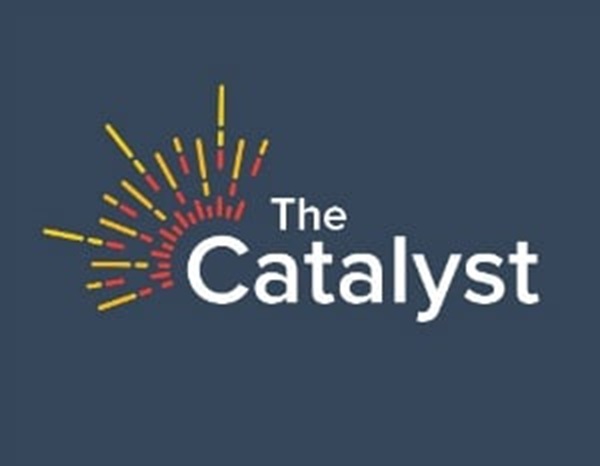When Congress created the Medicare Part D program as part of the Medicare Modernization Act of 2003 (MMA), it also implemented changes to Part B to make it market based with the creation of the Average Sales Price (ASP) system. Before the MMA, Medicare reimbursed providers at 95 percent of the Average Wholesale Price (AWP) for Part B medicines, but AWP reimbursement did not reflect discounts and rebates negotiated between payers and manufacturers and instead was closer to the list price for medicines.
As the Office of the Assistant Secretary for Planning and Evaluation at the Department of Health and Human Services explains, “the MMA tied reimbursement more closely to health care providers’ acquisition costs by paying for a drug’s market price.” With the switch to the ASP reimbursement system, the government is able to benefit from most of the rebates and discounts that are privately negotiated between manufacturers and purchasers.
In a recent analysis, The Moran Company took a look at the impact the switch from AWP to ASP has had on Medicare and beneficiary spending – and the findings were rather remarkable. As a result of the policy change, the study concluded the ASP reimbursement methodology saved the government and seniors a total of $132 billion from 2005 to 2017![PhRMAAd_600x300_DidYouKnow_A2[1]](/-/media/Project/PhRMA/PhRMA-Org/HubspotImages/hubfs/464546/PhRMAAd_600x300_DidYouKnow_A2-1.jpg) in Part B medicine spending and $4.4 billion in 2005 alone. It also found that prices for Part B medicines included in the study decreased by 33.9 percent from 2003 to 2005 following implementation of the ASP system.
in Part B medicine spending and $4.4 billion in 2005 alone. It also found that prices for Part B medicines included in the study decreased by 33.9 percent from 2003 to 2005 following implementation of the ASP system.
This is just the latest piece of evidence showing the ASP system is working to control costs. Since reimbursement was changed to ASP, spending on Medicare Part B medicines has remained a small, stable share of total Part B spending. In 2016, Part B medicine spending was just 8 percent of total Part B spending and just 3 percent of total Medicare spending. And the Centers for Medicare & Medicaid Services has repeatedly found that “there are a number of competitive market factors at work” in Part B to help control costs. In fact, an analysis of the July 2018 ASP Pricing File and 2018 Medispan files for the 25 Part B medicines with the highest total spending found that ASP reflects a utilization-weighted average discount of more than 21 percent off of the list price of a medicine.
When talking about medicine spending in Part B, it’s important to keep a couple points in mind. For example, approximately half of the more than 500 medicines covered by Part B in 2017 were generics, spurring greater competition in the program. In addition, the program continues to evolve with the marketplace through the incorporation of alternative payment models and the shift toward value-based care, such as the Oncology Care Model. As more biosimilars enter the market, competition among products is expected to increase. Recent studies project that biosimilars could reduce spending on biologics by $25 billion to $150 billion over the next 10 years. Additionally, medicine spending growth in Part B is primarily attributable to increases in utilization and introduction of new medicines – not price increases. In fact, nearly two-thirds of Part B medicines had a price increase at or below the Consumer Price Index for Medical Care in 2017.
It is imperative that we recognize the historic success of the ASP system and other aspects of Medicare Part B that are working well to control costs before making drastic changes to the program.
Learn more about Part B at PhRMA.org/PartB.



![PhRMAAd_600x300_DidYouKnow_A2[1]](/-/media/Project/PhRMA/PhRMA-Org/HubspotImages/hubfs/464546/PhRMAAd_600x300_DidYouKnow_A2-1.jpg) in Part B medicine spending and $4.4 billion in 2005 alone. It also found that prices for Part B medicines included in the study decreased by 33.9 percent from 2003 to 2005 following implementation of the ASP system.
in Part B medicine spending and $4.4 billion in 2005 alone. It also found that prices for Part B medicines included in the study decreased by 33.9 percent from 2003 to 2005 following implementation of the ASP system.

